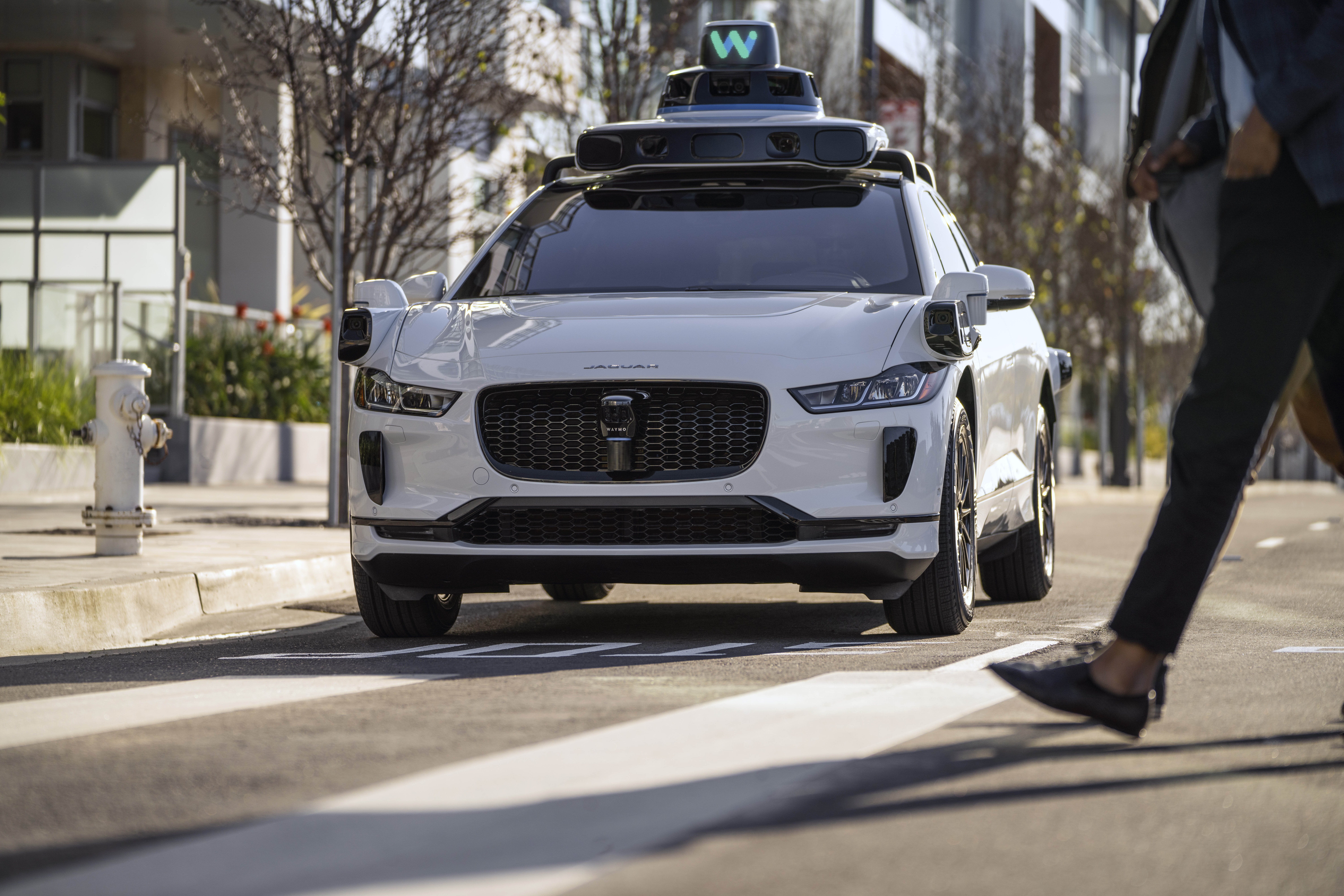
San Francisco opens busy transit corridor to AVs
14 April 2025
by William Thorpe
San Francisco has become one of the first major cities in the world to welcome autonomous vehicles to a high-profile transit corridor, with driverless cars now officially permitted on Market Street.
City leaders hope the move will help revitalise the struggling downtown core by making it more accessible, dynamic, and future-ready. Announced by the mayor, Daniel Lurie, the new policy allows robotaxis and other AVs to operate on the transit-only stretch between 10th and Main streets, which has been closed to private cars since 2020.
“Market Street is the spine of our city and a key component of our economic recovery,” said Lurie. “We must reimagine how we use our streets, our buildings, and our public spaces to ensure that Downtown can thrive in this new environment.”
The decision is part of a broader strategy to modernise the city’s urban core by embracing innovation and expanding transit access.
“We have to think differently about how we attract people back to our downtown,” Lurie said. “This means exploring every opportunity to make downtown more accessible and more exciting.”
City officials emphasise that autonomous vehicles will not replace public transit, but instead complement it–particularly for those with mobility challenges.
“We’re focused on making our streets safer, more dynamic, and more equitable,” said Farrell. “That means integrating new technologies that help people move around safely and reliably.”
Despite the optimism, the rollout has raised concern. Driverless cars might interfere with the flow of buses and light rail, particularly if they stop unpredictably or block lanes. Past incidents in other areas of the city–where AVs have hindered emergency services or caused confusion in traffic–fuel scepticism.
Equity concerns have also surfaced. Some argue that AV deployment may benefit more tech-savvy or affluent riders, while doing little to improve access for underserved communities. Critics suggest that public investment would be better spent upgrading existing transit infrastructure.
“Our number one goal is to ensure all transportation options continue to move safely, reliably, and efficiently along the Market Street corridor,” said Julie Kirschbaum, Director of Transportation, San Francisco Municipal Transportation Agency. “We are continuously trying new things and making adjustments where we need to.”
Waymo will begin mapping the Market Street corridor over the coming months with human autonomous vehicle specialists behind the wheel. Taxis and SF Paratransit vehicles will continue to be the only other authorised services on Market Street, along with Muni service lines and emergency response vehicles. Fully autonomous passenger service is expected to launch as early as July.
Image: Waymo







